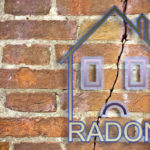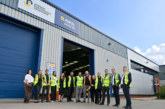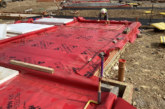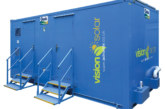Exposure to radon gas is a real health risk and so it’s essential that local authorities and housing associations meet their duty of care and ensure residents are protected. Jeremy Cleeter at Airtech, specialists in providing solutions to help protect residents from the risk of radon gas in the home, discusses the problem and how to tackle it.
Radon gas causes more deaths a year in the UK than carbon monoxide. Domestic exposure to radon increases the risk of lung cancer, with 1,000 to 2,000 deaths each year estimated to be caused by exposure to the gas. Since landlords have a responsibility to their residents under duty of care and the Housing Act to provide a safe home, radon is a major consideration for social housing providers.
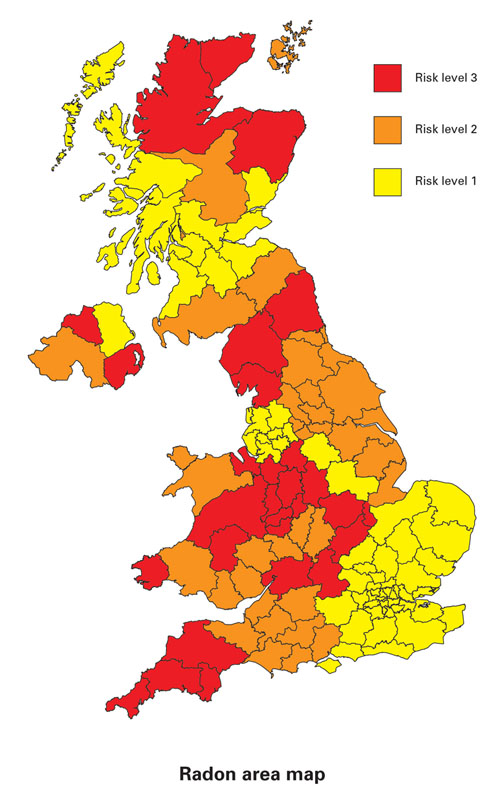 So, what is radon? Radon is a naturally occurring colourless, odourless radioactive gas that occurs through the presence of uranium in most rocks, soils, bricks and concrete. The amount of radon gas released varies greatly depending on region and is more likely to be found in areas where the geology features concentrations of granite and limestone. Usually radon is naturally dispersed into the atmosphere, however, warm air in houses draws the gas in through floors and cracks and in this confined space the gas can build up to unacceptable levels and become potentially harmful. Once inhaled these products act like solids, rather than a gas, and can attach themselves to lungs and airways, particularly affecting asthma sufferers and smokers. Buildings in these areas need to be tested for radon and if discovered, high levels can be reduced with simple measures.
So, what is radon? Radon is a naturally occurring colourless, odourless radioactive gas that occurs through the presence of uranium in most rocks, soils, bricks and concrete. The amount of radon gas released varies greatly depending on region and is more likely to be found in areas where the geology features concentrations of granite and limestone. Usually radon is naturally dispersed into the atmosphere, however, warm air in houses draws the gas in through floors and cracks and in this confined space the gas can build up to unacceptable levels and become potentially harmful. Once inhaled these products act like solids, rather than a gas, and can attach themselves to lungs and airways, particularly affecting asthma sufferers and smokers. Buildings in these areas need to be tested for radon and if discovered, high levels can be reduced with simple measures.
How to test for radon
Housing providers should test housing stock for radon through an efficiently organised programme, which ensures all required properties are tested within an appropriate time scale. To ensure accurate testing, test pods should be left in properties for a three-month period so a representative sample of radon readings can be collected.
Airtech recommends testing using two small unobtrusive radon detector pods placed in the most widely used rooms, usually the bedroom and lounge. To ensure the most accurate result, the kit should be left on the premises for three months as the level of radon in a property varies over time, by day and month. To achieve the best outcome, it is worth using a radon expert, like Airtech, to place and collect the pods for testing since this results in a very high return rate helping ensure robust data.
Once the pods are collected, they are then analysed to determine the radon level in the property, expressed in Becquerels per cubic metre (Bq/m3). The average level in the UK is around 20 Bq/m3 and if a home is above 200Bq/m3 then remediation measures should be taken.
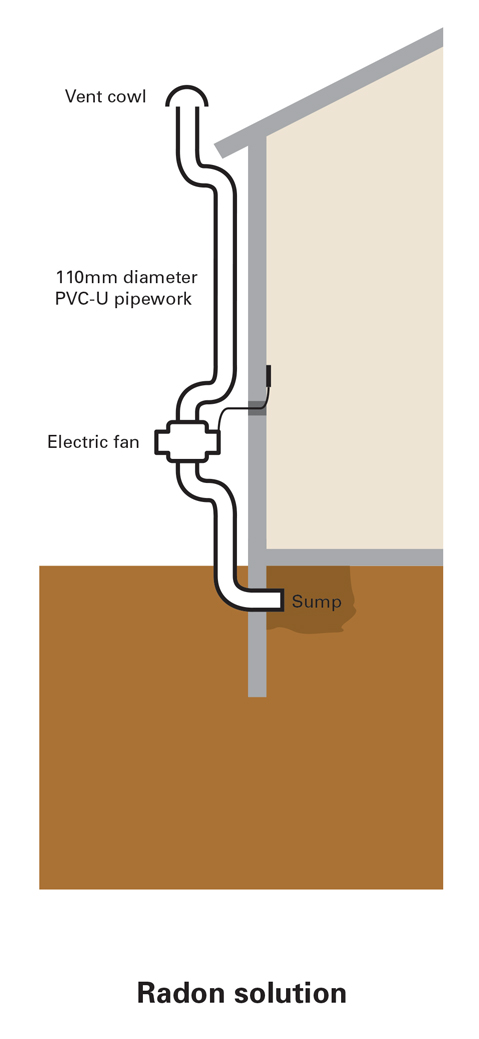 Tackling radon
Tackling radon
When it comes to tackling radon the type of remediation measures will vary by location and level detected. This may result in one property being fitted with a simple vent whilst an adjacent property may require a comprehensive system of a sump with pump. Specialist knowledge is required for the choice of appropriate measures.
For low levels of radon it can be as simple as improving ventilation in the home coupled with sealing cracks in walls and floors. Where higher levels are detected, Positive input ventilation (PIV) systems are a proven and effective way of significantly reducing radon gas levels. PIV forces contaminated air out of a home by introducing fresh air into the property. Located in the loft, PIV systems such as Airtech’s AIR+ PIV draw fresh air into the loft cavity where it is filtered via high grade ISO 45% Coarse (G4 grade) or ISO ePM2.5 70% (F7 grade) filters and warmed before being slowly added into the habitable areas of the house.
In properties with very high levels of radon they may need to have an active radon sump, fitted with a fan. Sumps work effectively under solid floors, and under suspended floors if the ground is covered with concrete or a membrane, and draw the gas out of the building and vent it to the atmosphere through pipes.
Once installed, it’s important the equipment is serviced. Companies such as Airtech offer servicing of PIV and sumps to ensure they remain in good working order to maintain maximum efficiency and keep radon at safe levels. This will also help stop the build up of grease and dirt damaging the systems and avoid future breakdowns.
Social housing providers in radon risk areas can gain peace of mind that they are meeting their duty of care to tenants by working with experienced companies that can offer a complete solution to radon reduction. From testing, through to installing solutions and on-going maintenance, radon can be effectively tackled to keep residents safe.
Case study
Airtech undertook radon mitigation works for specialist rural housing association, Hastoe. Radon sumps or Air+ Positive Input Ventilation (PIV) units were installed in 61 homes across Hastoe’s West region, from Cornwall to Wiltshire, to reduce Radon levels. Airtech recommended the best method to reduce levels in each individual property before installing a sump or Air+ PIV unit.
“Airtech have been great to work with and we are very pleased with the outcome. They were very good at communicating with us throughout the work and also dealing with variations along the way. They keep our residents happy too which is vital” said Kirsty McGivney, Senior Surveyor, Hastoe Group. “Our residents are always complimentary about Airtech’s communication, arranging proposed works, workmanship, organisation and friendly approach to work.”
Header image ©Francesco Scatena/AdobeStock.

